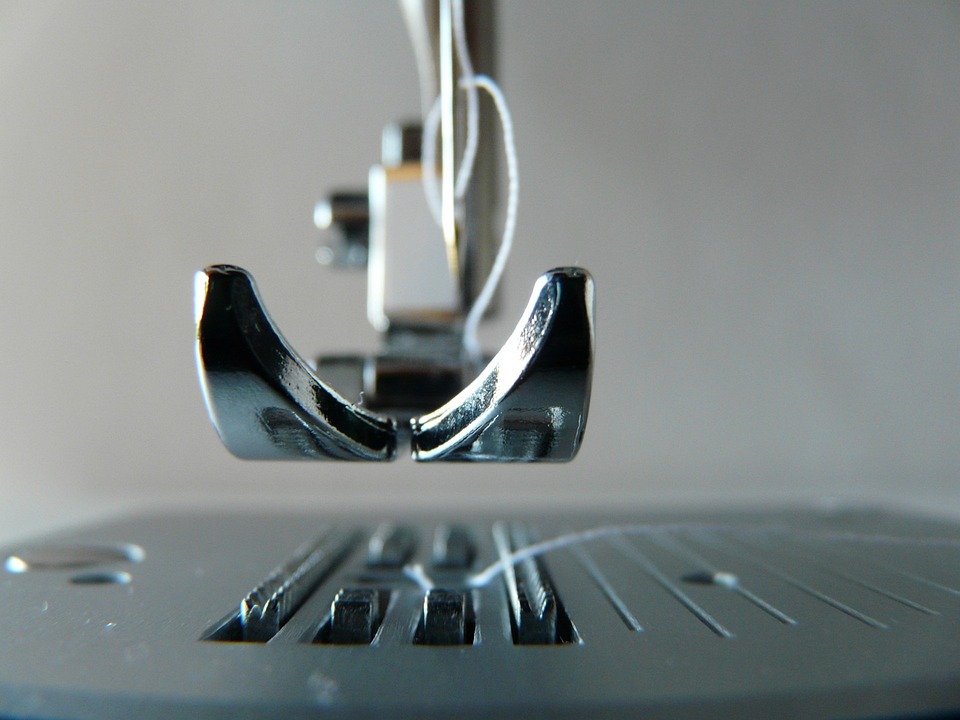Thread knitting, also known as finger knitting, is a fun and easy craft that can be enjoyed by people of all ages and skill levels. Whether you are a beginner looking to explore a new hobby or an experienced knitter seeking a portable and versatile project, thread knitting is a great option to consider. In this article, we will provide you with a step-by-step guide to help you get started on your thread knitting journey.
1. Gathering Your Supplies:
To begin your thread knitting adventure, you will need a few basic supplies. These include a skein or ball of thread or lightweight yarn of your preference, scissors, and your fingers. It is important to choose a thread or lightweight yarn that is smooth and not too slippery, as this will make the knitting process easier.
2. Creating an Anchor Loop:
Before you start knitting, you need to create an anchor loop to secure the beginning of your project. Begin by making a slipknot near the end of your thread, leaving a small tail. Insert your dominant hand’s index finger into the loop, then tighten it by pulling the short tail end. This loop will act as your anchor as you finger knit.
3. Making Stitches:
To create stitches in thread knitting, you will be using your fingers as your knitting needles. Hold the tail end of your anchor loop in your non-dominant hand and the working thread in the same hand, with your fingers separated slightly for ease of movement. Starting with your non-dominant hand’s index finger, bring it under the working thread, then over the thread, creating a new loop around your finger. Repeat this process with your remaining fingers, going from the pinky to the thumb, until you have formed a loop around each finger.
4. Transferring the Stitches:
Once you have created loops around all your fingers, it’s time to start transferring the stitches from one finger to another. Begin by picking up the loop on your pinky finger, lifting it up and over the working thread, and slide it onto your ring finger. Repeat this process with each finger, working from the pinky to the index finger. Once you have transferred all the stitches, you will be left with a new set of loops on your fingers.
5. Repeating the Process:
Continue the process of creating stitches and transferring them from finger to finger. As you progress, you will notice a knitted cord forming. Keep in mind that the tension of your stitches is important to ensure evenness in your work. Avoid pulling the stitches too tight, as it may affect the flexibility and appearance of your finished project.
6. Binding Off:
When you have reached the desired length for your project, it’s time to bind off or finish your thread knitting. Start by keeping only one loop on your index finger and carefully remove the remaining loops from your fingers. Insert your non-dominant hand’s index finger through the first loop on your dominant hand’s thumb, pulling it off the thumb and over the working thread. Repeat this process, transferring each loop onto the next finger until you reach the last loop on your index finger. Finally, cut the working thread, leaving a small tail, and thread it through the last loop, securing it.
7. Exploring Project Ideas:
Now that you have mastered the basics of thread knitting, you can unleash your creativity and explore various project ideas. This technique can be used to create scarves, headbands, bracelets, coasters, and even small pouches. Experiment with different thread colors, textures, and thicknesses to achieve different effects in your projects.
Thread knitting is a versatile and accessible craft that allows you to create beautiful and practical items with just a few supplies and your fingers. With this step-by-step guide, you can confidently embark on your thread knitting journey and enjoy the meditative and satisfying process of creating unique handmade pieces. So, gather your supplies, find a comfortable spot, and let your fingers do the knitting!

